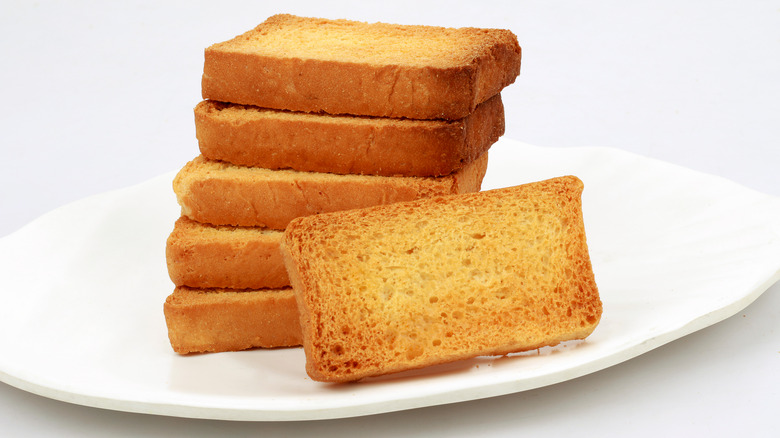Why The Science Behind The Maillard Reaction Was Ignored For Years
The smell of freshly toasted bread, roasted coffee brewing in your kitchen, that sizzling steak on the grill outside – in 1912, French chemist Louis-Camille Maillard tried to explain these experiences through research (per ResearchGate). "There were lots of ideas and anecdotes, but no proper science," said Case Western Reserve University historian Alan Rocke. While Maillard's reaction is sometimes referred to as the "browning reaction," this is too limited of a definition, states one Washington Post article; the interaction among sugars and amino acids can result in hundreds of new flavors and smells, including cancer and disease-causing compounds.
Though Maillard's research was described as "innovative and visionary," it was essentially ignored until 1941, records Paul-André Finot in his research Historical Perspective of the Maillard Reaction in Food Science. Before Maillard, people guessed why foods changed colors when cooked, but even Maillard himself didn't fully understand the process. Instead, it was a chemist working with the U.S. Department of Agriculture who wrote out a clear model (via NPR).
A complex food process made accessible
Until World War II began, Maillard's reaction was too complicated for the research world, much less the general public (via Chemical & Engineering News). As military personnel began looking for ways to make food last longer, answers were found in Maillard's papers (per Smithsonian Magazine).
American chemist John E. Hodge, in his research Dehydrated Foods, Chemistry of Browning Reactions in Model Systems, separated Maillard's work into distinct stages. "Maillard discovered the reaction, but Hodge understood it," University of Naples food chemist Vincenzo Fogliano told Chemical & Engineering News. Hodge authored several papers investigating amino acids, the browning process, and what occurs during the reaction. His research helped scientists like George Rizzi put peanut butter, instant coffee, and potato chips on shelves around the world (via Chemistry World). To this day, according to Dr. Luke Grocholl, Hodge's work — not Maillard's — remains one of the most cited in food science.

